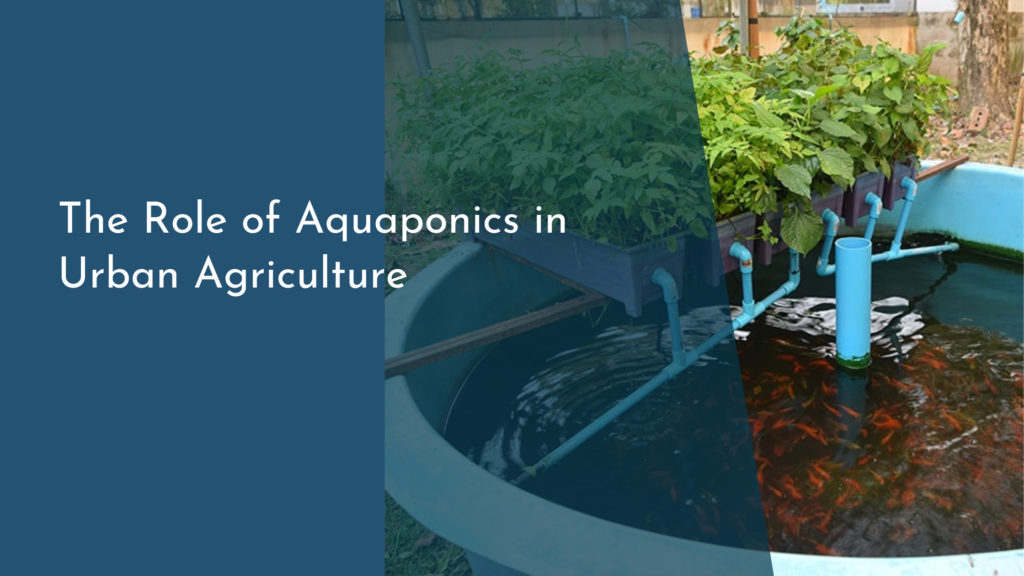Urban Forestry in Preventing Urban Groundwater Pollution
Urban areas are often synonymous with concrete jungles, heavy traffic, and pollution. However, a burgeoning movement in urban forestry is changing this narrative by leveraging the natural power of trees to combat groundwater pollution. Urban forestry not only beautifies cities but also plays a critical role in maintaining clean water resources. By understanding and harnessing the benefits of urban canopies, communities can foster healthier ecosystems while mitigating the adverse impacts of urban development on groundwater quality.
In this article, we will explore the multifaceted benefits of urban forestry in promoting clean water. We’ll discuss how trees act as natural filters for urban watersheds, the importance of community involvement in tree planting initiatives, and share inspiring success stories from cities that have embraced green solutions. Together, these aspects illustrate the vital role that urban forestry plays in creating sustainable urban environments.
Discover the Benefits of Urban Forestry for Clean Water
Urban forestry provides a plethora of benefits that extend beyond aesthetics. One of the most significant advantages is its capacity to improve water quality. Trees absorb rainfall, allowing water to infiltrate the soil rather than running off into storm drains and waterways. This natural filtration process helps remove pollutants, sediments, and nutrients from the water before they reach urban water bodies, thus protecting groundwater supplies and reducing the risk of contamination.
Moreover, healthy tree canopies contribute to the regulation of urban temperatures through shade and evapotranspiration. By cooling the environment, trees reduce the need for air conditioning in nearby buildings, which can lead to decreased energy consumption and lower greenhouse gas emissions. The combination of cleaner water and a cooler urban climate creates a more livable environment where communities can thrive.
How Trees Help Filter and Protect Our Urban Watersheds
Trees function as remarkable natural filtration systems. Their roots not only absorb water but also trap pollutants such as nitrogen, phosphorus, and heavy metals that could otherwise leach into groundwater sources. By fostering a network of tree roots and soil microbes, urban forestry enhances the natural processes that cleanse water. This mechanism reduces the volume of stormwater runoff, which is known to carry harmful contaminants and sediments that can degrade water quality.
In addition to their filtering capabilities, trees also help mitigate the effects of storm surges and flooding. Their canopies intercept rainfall, allowing it to percolate slowly into the ground, replenishing aquifers and reducing the volume of water that flows into drainage systems. This means that during heavy rains, urban forests can play a crucial role in managing stormwater and preventing waterlogging, ultimately protecting both human and ecological communities.
Engaging Communities in Urban Tree Planting Initiatives
Community involvement is essential for the success of urban forestry initiatives. Engaging residents in tree planting not only fosters a sense of ownership but also educates them about the importance of trees in improving urban water quality. Local tree planting events can serve as excellent platforms for collective action, where community members come together to enhance their environment while learning about sustainable practices.
Additionally, schools, local businesses, and non-profit organizations can collaborate to promote urban forestry projects. By providing educational programs on the benefits of trees, these initiatives can inspire residents to advocate for green spaces in their neighborhoods, transforming public attitudes towards nature in urban settings and ensuring the continued support for tree planting efforts.
Success Stories: Cities Thriving with Green Solutions
Cities across the globe are witnessing the transformative power of urban forestry. For instance, Stockholm, Sweden, has implemented a successful urban greening strategy that includes extensive tree planting and green spaces. As a result, the city has seen a marked improvement in water quality in its lakes and rivers, alongside enhanced biodiversity and community well-being. Such initiatives highlight the critical role of trees in creating sustainable urban environments.
In the United States, cities like Portland, Oregon, and New York City have also embraced urban forestry to combat pollution and improve water management. Portland’s Urban Forest Management Plan aims to increase tree canopy cover, ensuring cleaner waters and healthier ecosystems. Meanwhile, New York City has launched initiatives to plant thousands of trees annually, leading to improved air and water quality and fostering community engagement. These success stories serve as inspiration for other cities looking to implement green solutions for a cleaner, healthier future.
Urban forestry stands as a powerful ally in the fight against urban groundwater pollution. By understanding the benefits that trees offer, from natural filtration systems to community engagement, we can create cleaner, healthier urban environments. The success stories of cities that have embraced urban forestry serve as a testament to the potential for positive change. As we continue to prioritize trees in our urban landscapes, we pave the way for a greener, more sustainable future for generations to come. Let’s roll up our sleeves and get planting — for cleaner water, thriving communities, and a healthier planet!

